If you’ve read my best of 2019 piece you will know that I am enamoured with the Asus ROG Phone II. It is the second generation phone from Asus’ gaming arm — the first generation did not make it Downunder and having learned some lessons from the first generation they have attempted to put things right.
Although the ROG Phone II was designed from the ground up with hardcore gamers in mind I do need to stress that it is no way just for gamers. Sure there are about a bazillion enhancements just for gaming on the phone (which is why I will be doing a separate gaming piece in a couple of day) but the highest of high end specs you get make it an amazing phone for everyday use.
Why is that you ask? Read on.
Let’s start with what’s in the box
The box itself is something I have never seen in a phone before. It is an inequal-sides hexagon from which the inner of the box slides out. Along three sides of this internal compartment is something packed. One side has the phone, another the AeroActive Cooler II, and the third a box holding the charger, case, earphones and a couple of spare rubber USB-C socket plugs.
The packaging is very innovative and gaming oriented. The second box included in the package completes the gaming look with a Kunai bumper to hold the phone and Kunai controllers to control the phone/game (think Joy Con from Nintendo if you are wondering what they look like). There is also a Kunai Gamepad which the controllers can slot in to giving it a traditional gaming controller gamepad.
The case included in the box for the phone does very little to actually protect the phone — it will not protect it from a drop that’s for sure. Asus actually call is a “Protection Frame” and took great care to make sure it did not cover the design of the phone, especially the phone’s logo which lights up when in gaming mode.
Design is pure gaming
The phone is huge, there is no hiding that. It measures 170.99 x 77.6 x 9.48mm and weighs in at 245gm and is possibly the biggest phone I have ever used.
The design of the back of the phone is pure gaming once again but of course if you don’t like this it is easily hidden with an aftermarket case. The front of the device houses dual stereo speakers which have an orange outline and look great. Bezels are present, not huge but there. Asus believe, and probably rightly so, that bezels are required to hold onto a phone properly while gaming — the bezels also allow more room for a bigger battery and who here doesn’t want a bigger battery.
The right side of the device houses the power button and volume rocker as well as the Air Triggers (ultrasonic touch sides). The left side has a rather large port through which the AeroActive Cooler II connects and is powered by — the large port can also directly take a USB-C charger if you’d rather that than the cooler. You can also charge the phone and use a headphone jack out of the bottom of said cooler.
The bottom of the phone houses another USB-C port located towards the left of the device — so as not to interfere with you hands if charging while gaming — and a headphone jack — yes it has made a return and I’ll call it a triumphant return.
Let’s talk about specs
Think of every high end spec you might want in a smartphone — the Asus ROG Phone II more than likely includes it. Gaming requires speed, a quick response to actions, a decent display and a battery life that won’t give out after a short amount of gaming. The best way to achieve this is with high end specs and they have done exactly that.
| Processing power | Snapdragon 855+ overclocked to 2.96GHz Adreno 640GPU — overclocked |
|---|---|
| Memory | 12GB LPDDR4 RAM, 512GB UFS 3.0 |
| Display | 6.59in 2340 x 1080P AMOLED 120Hz refresh rate 1ms touch latency 600nit outdoor brightness Gorilla Glass 6 |
| Connectivity | WiFi a/b/g/n/ac , Wi-Gig (802.11ad/60GHz Wi-Fi) wireless display support 2 x MIMO Bluetooth 5.0 NFC |
| Charging – Side USB-C | Headphone jack with fan connected Support USB 3.1 gen 1 / DP 1.4 4k, PD 3.0 at 30W 30W ROG Hypercharge direct charging |
| Charging – Bottom USB-C | support USB 2.0, PD3.0 30W Supplied charger: Output: 10V 3A, supports up to 30W QC4.0 / PD3.0 / Direct Charge adapter |
| Camera | Front – 24MP Rear – 48MP Sony IMX586 sensor and 13MP (125deg ultrawide) |
| Battery | 6,000mAh |
| Other | Dual front facing stereo speakers with DTS:X Ultra Dual SIM In-display fingerprint sensor, face recognition Accelerator, e-compass, gyroscope, Proximity sensor, Hall sensor, ambient light sensor, ultrasonic sensors for AirTrigger II and grip press Dual vibrators Headphone jack |
So how do these specs work IRL? Fantastically. Transitions are not only smooth but they are quick. There is no stuttering, no lag and the 12GB of RAM allows for extremely fast switching between apps, with so many kept in memory ready for use.
The SD855+ allows for speed. Forget about gaming, this phone flies no matter what you are doing — of course you could always turn on gaming mode which overclocks the CPU using a kernel tweak and make it even faster. This will of course use up the battery faster though.
Watching media such as music videos, Netflix or even the cricket is a delight with the colours well represented as they should be without too much over saturation. The speakers were by far the best speakers I have ever heard on a smartphone. Loud and crisp they deliver a large sound that blew me away every time I used them.
The only issue is the size — it is even bigger than a Galaxy Note, and by some margin. While using the device I did not really notice that much difference in everyday use though as I am used to, and prefer, big phones. For people with small hands, or if you hate large phones as they can’t fit into the pockets of your skinny jeans then this is not for you.
All those specs surely will kill the battery life won’t it?
You would think so but with a battery of this size — 6,000mAh — not so much.
I had a couple of days where I tried my hardest to run the battery out with over a couple of hours of Bluetooth music streaming in the car, an hour and a half of streaming a live NFL game, another hour or so of YouTube at the highest resolution possible along with an hour or two of gaming. It still lasted for around 27 hours with over 7 hours of screen on time.
Asus have performed some magic on this phone with their kernel tweaking and power usage. In everyday usage without TRYING to run it down taking it off the charger at 5am and by the time I go to bed around 10:30pm it is still over 50%. Truly amazing.
Gaming does kill the battery faster as expected but if you are going to have enough time to sit and game for more than four hours or so you will most likely have access to a power socket — you can easily charge it while gaming without the cable getting in the way — Asus thought of everything when it came to gaming on this phone.
So how is the camera?
The camera is ONLY a dual rear camera setup which is where the phone does lack — in comparison to similarly-priced phones. The photos the two lenses produce are decent but not up there with a Pixel 4 or P30 Pro or Galaxy S10+.
The colours seem to be a bit muted when compared to those the above-listed phones produce but by themselves they are quite good, in good light.


Pixel 3XL on left, ROG Phone II on the right


Pixel 4XL on left, ROG Phone II on the right
The camera app is easy to use and very similar to the Google app. Within the apps there are some decent settings such as motion tracking video, slow motion recording, time lapse and of course night mode.
The night mode isn’t Huawei or Google quality, in fact far from it — garbage is a good way to describe Asus’ Night Mode and you can be sure they’ll be working feverishly to improve it — they need to. The images below were mostly taken in my garage where there is a little bit of light seeping through during the day. Compare them to those taken with a Pixel (4XL for the garage pics and 3XL for the bike pic:
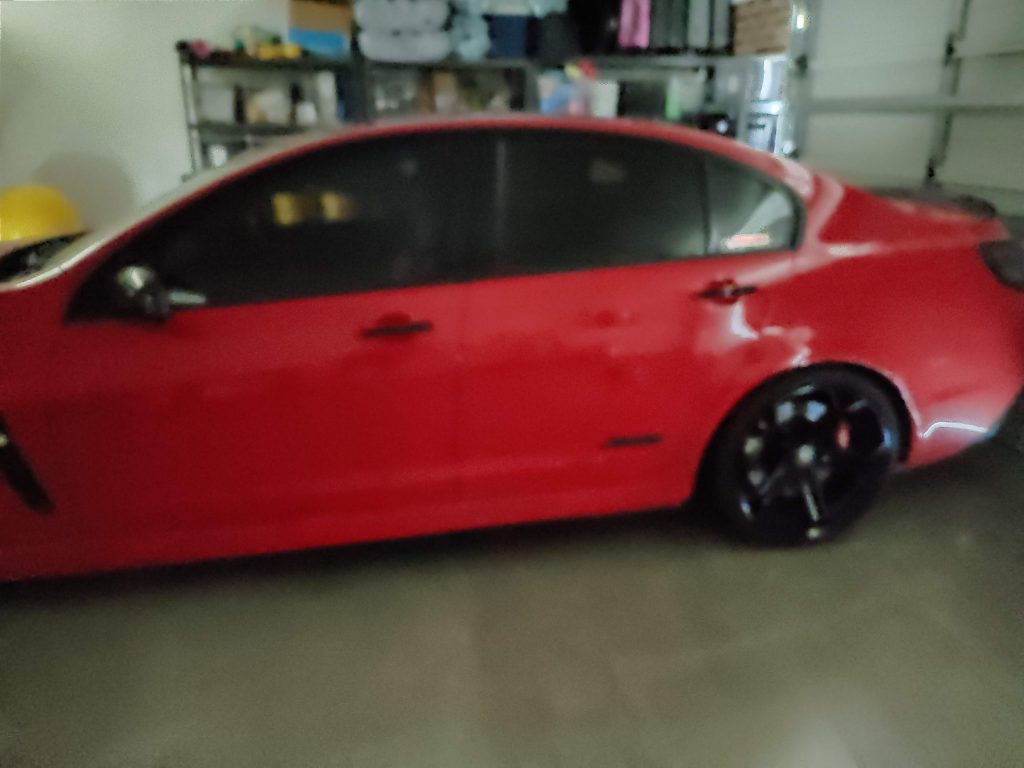
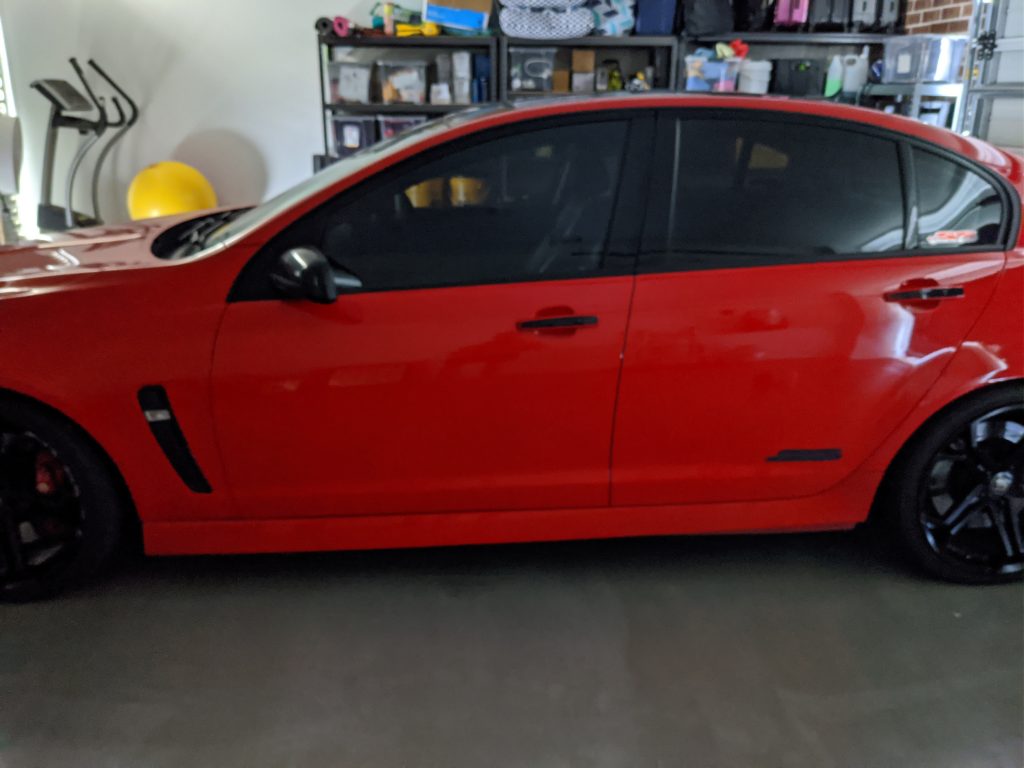
ROG II Left, Pixel 4XL right


ROG II Left, Pixel 3XL right


ROG II Left, Pixel 4 right
In daylight the images were decent and certainly acceptable. You would hope that Asus are working to improve the camera on this phone — possibly in the Android 10 coming soon (beta arrived just this weekend, for those with a non-review device).
The software
These days Zen UI is very close to stock Android with some decent tweaks. The Asus ROG Phone II gives you the choice of using either the ROG UI (dark gaming theme) or Zen UI 6 which is a light UI very similar to Google’s version of Android on the Pixel. The phone is running Android 9.0 and although there is no word from Asus when we will see it updated to Android 10 it can’t be too far away with a beta now available for those who want to live on the edge and don’t mind a few bugs.
The sheer number of tweaks Asus have included in the software of this phone is amazing. Most of them are of course for gaming but many of them can also be used to improve your day-to-day experience.
A quick list of the some of the tweaks included are:
- Audio wizard: create your own audio effect with the customised equaliser
- Vibration intensity and pattern can be adjusted
- Change refresh rate 60/90/120Hz
- Always on panel
- LED indicator (yes, a notification light!)
- Optiflex: accelerates app launches, reduces app reloads and saves power on standby
- Gestures on lock screen include double tap to wake, lock and swipe to wake up
- Air triggers
- Real time game streaming
Gaming on a gaming phone
The experience is so extensive as are the tweaks for gaming such that I am going to discuss that in another piece lest I turn this one into a 22 page opus.
Here in the phone review I will say it is a gamers wet dream. It has every thing you could ask for and more. You think of it, they have included it.
Would I buy one?
If I was looking to buy a phone now it is the only phone I would look at. The Pixel 4 unfortunately is plagued with issues, Huawei phones have fallen foul of the US government and are but a shadow of their former selves and there is not much else. OPPO have some decent premium phones with the Reno 10x Zoom but their software is not on a par with Asus/OnePlus/Google.
This is a premium smartphone and is priced as a premium smartphone. The bonus is though that you will also get all the gaming accessories included in that premium price but at the same time it is a gaming phone primarily and the camera suffers most likely because of that (lack of a smartphone photography focus).
I have already recommended this phone to several people who have asked my opinion and given that I rated it my best smartphone of the year I will continue to do so. The only issue with it is the very average low light photography (oh and it is a huge phone if that sort of thing concerns you). Hopefully the photography can be fixed with software updates in the future — there is no reason it can’t be given it has the Sony 48MP IMX586 lens as its main camera.
Even with that I am comfortable recommending it to anyone who wants a phone that flies and isn’t too concerned with low-light photography. If you aren’t into gaming you could always buy a case to cover up the gaming styling but personally I like it.
The Asus ROG Phone II is sold exclusively through JB Hi-Fi for $1,699 and there is limited stock so if you are interested I encourage you to check it out and act fast if it takes your fancy.

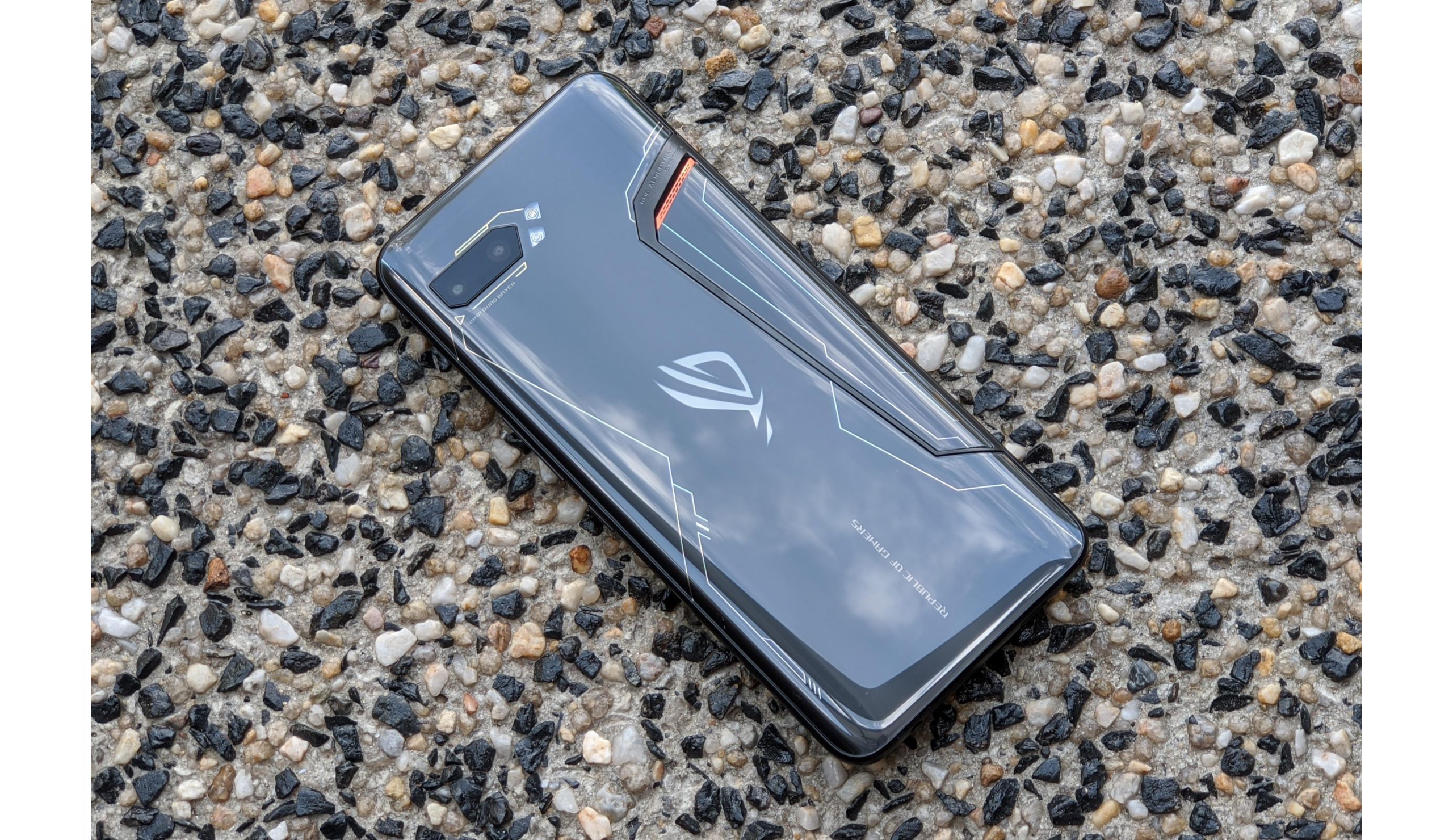
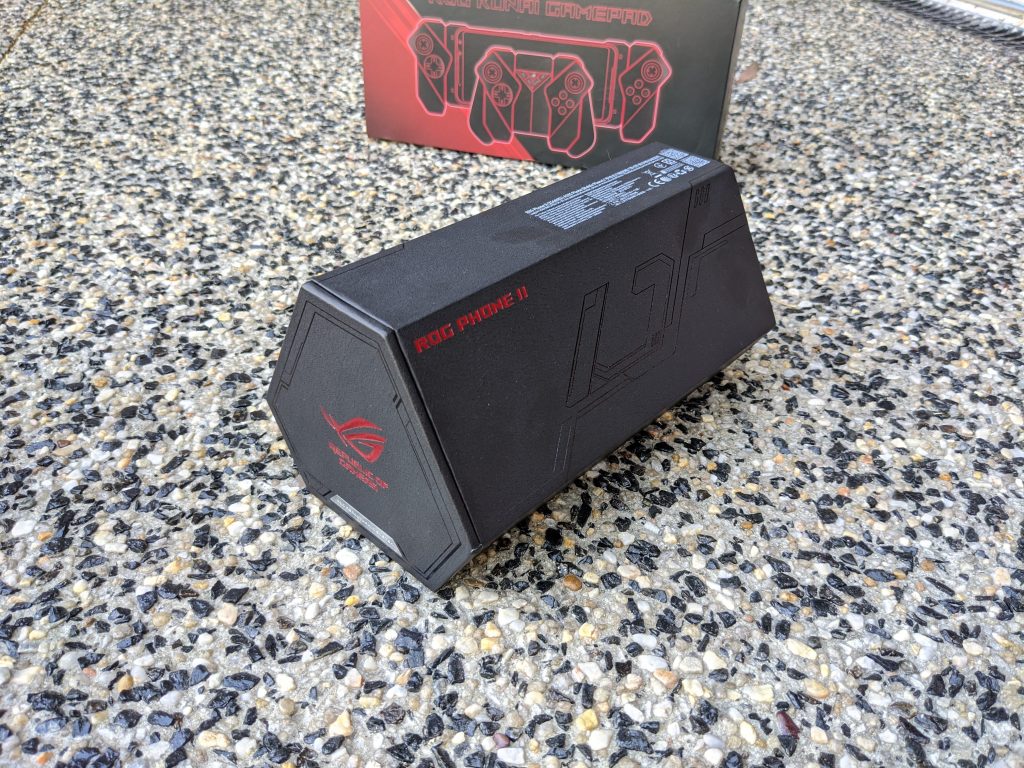

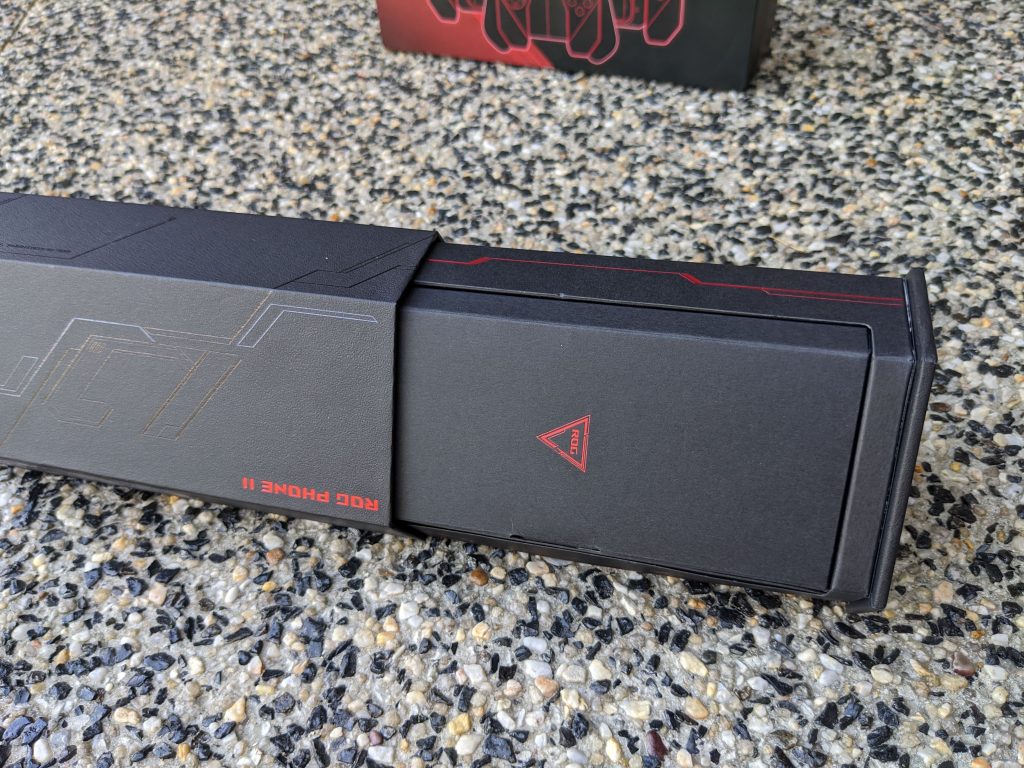
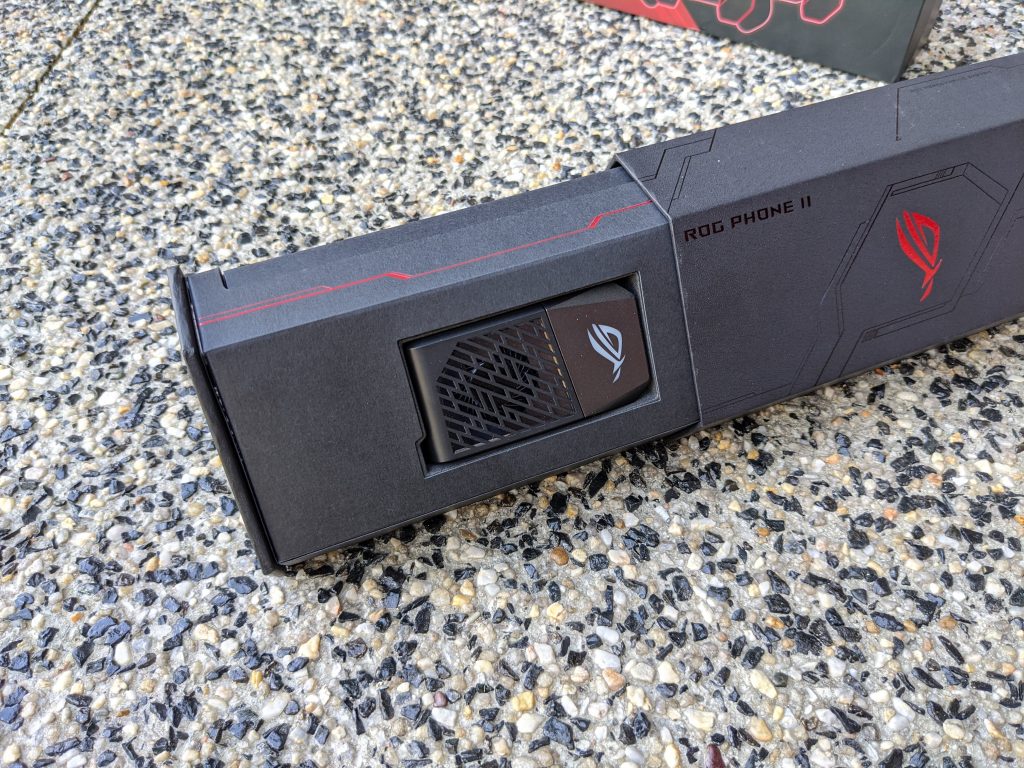
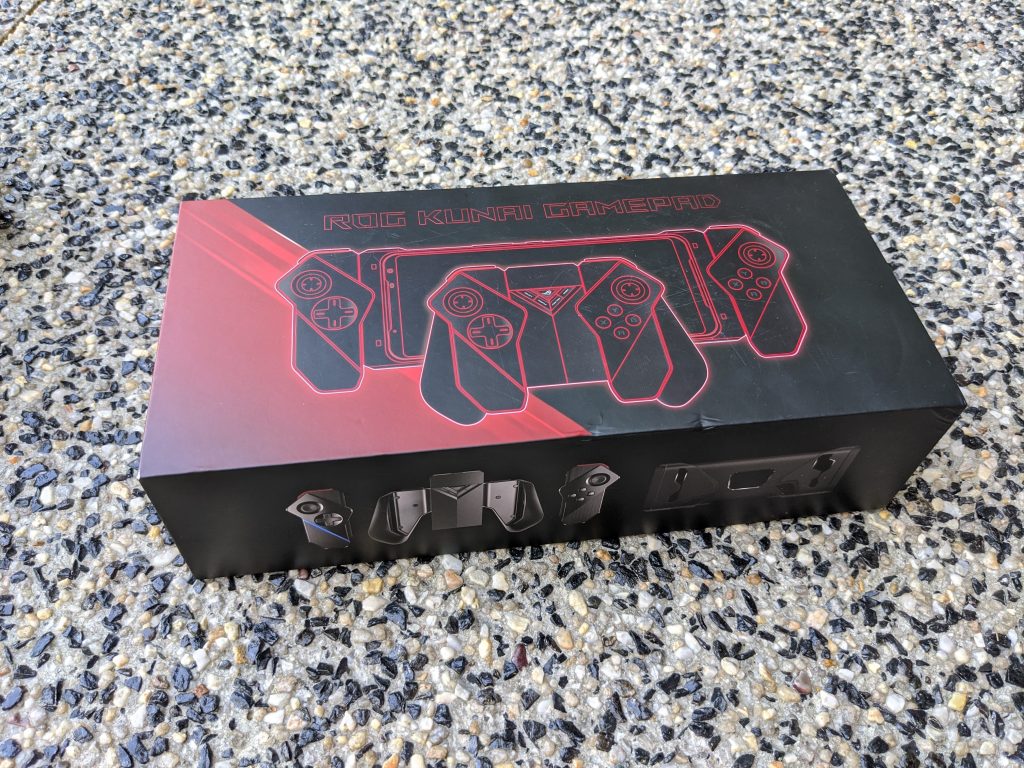
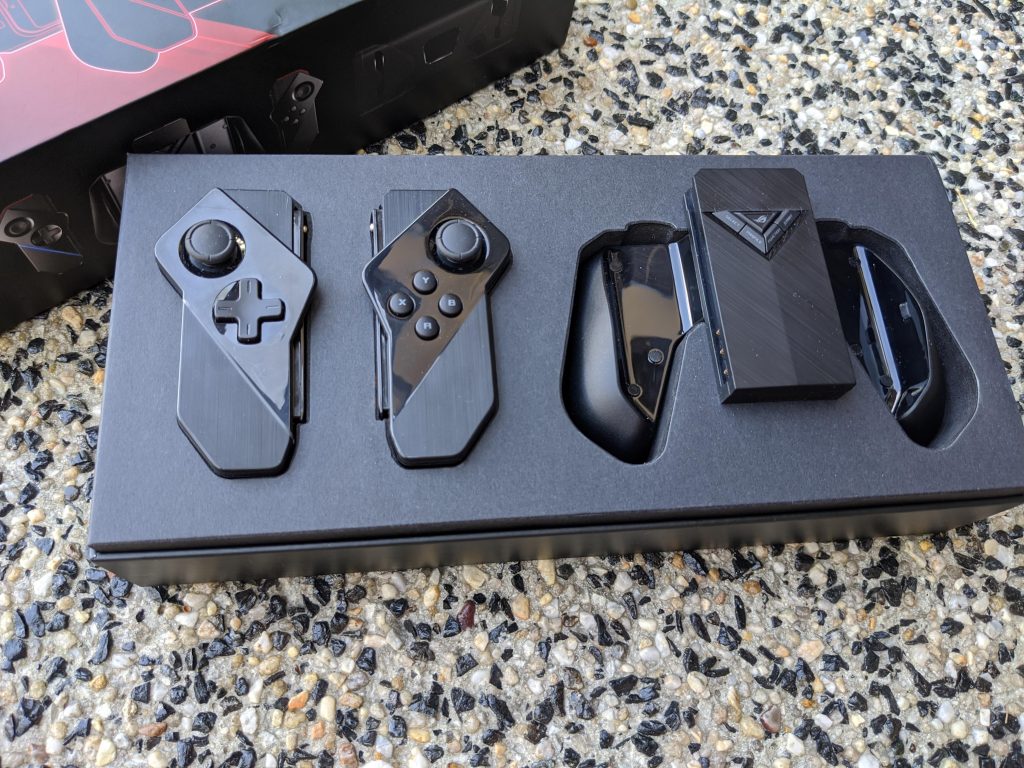
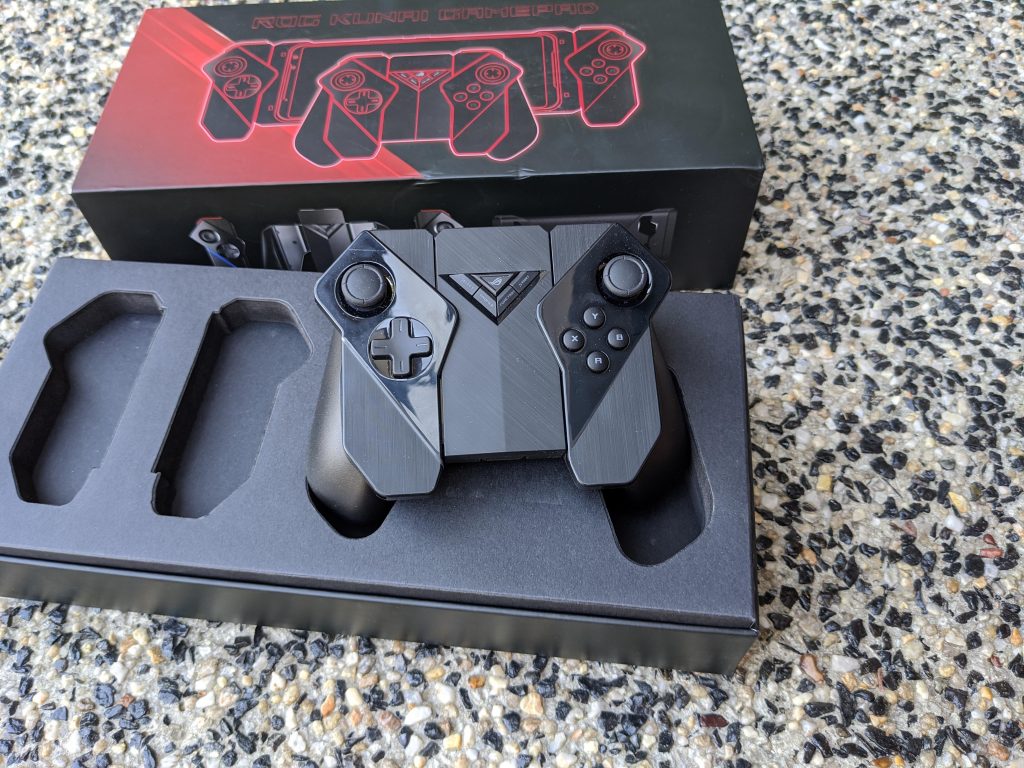
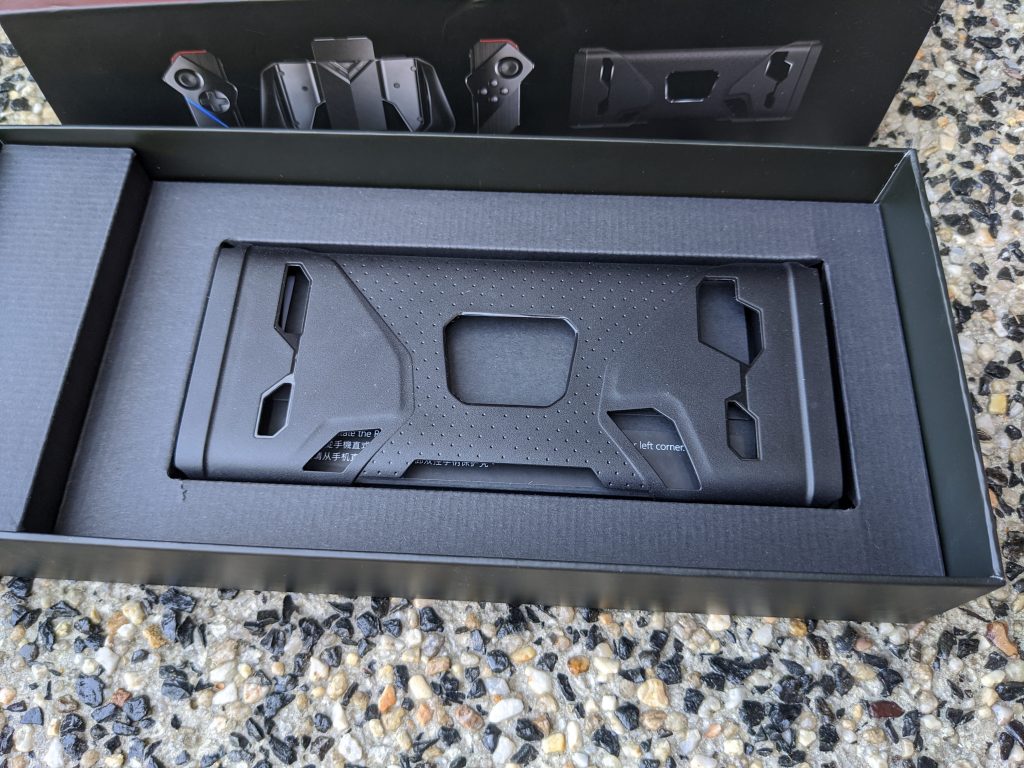
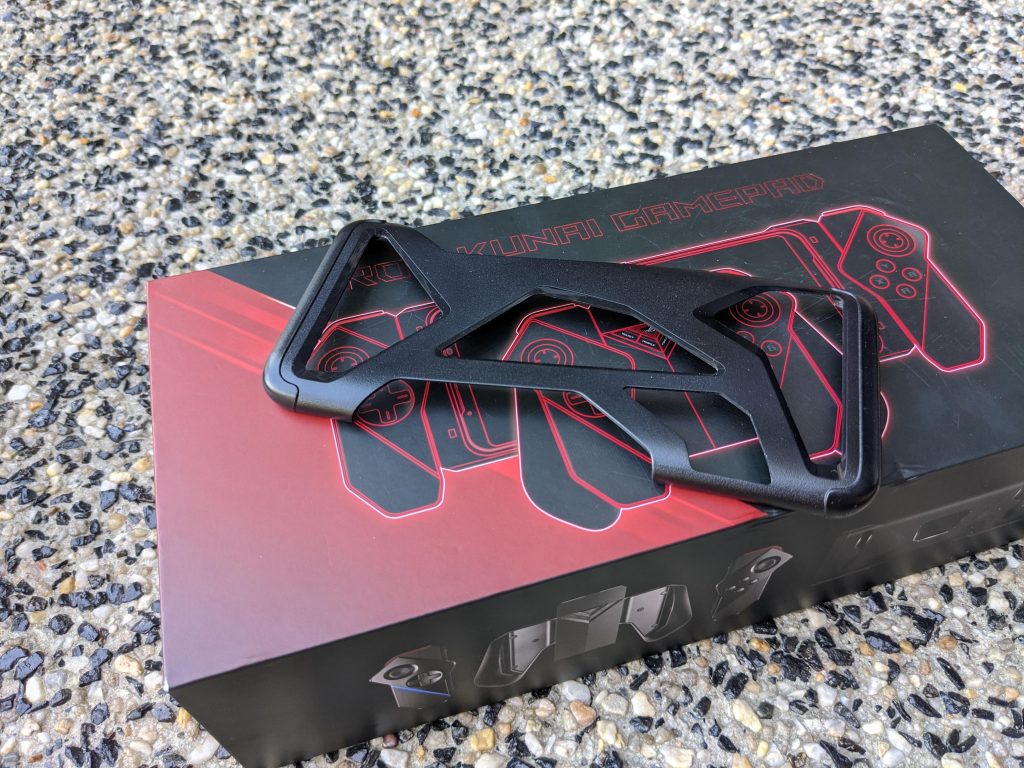
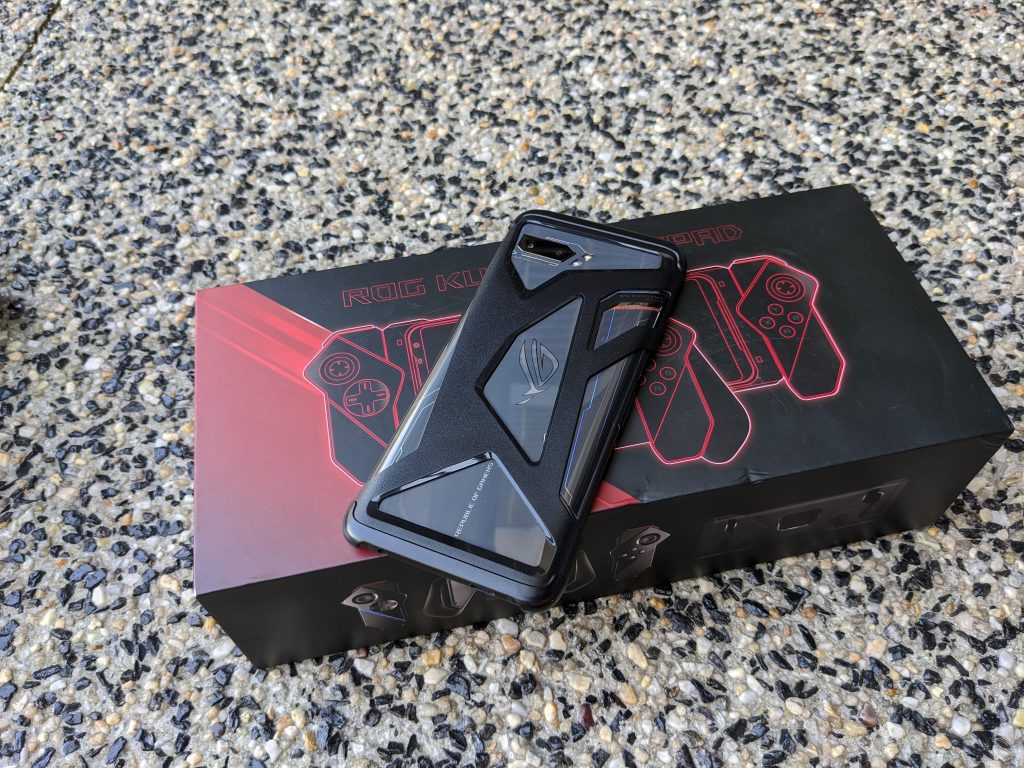
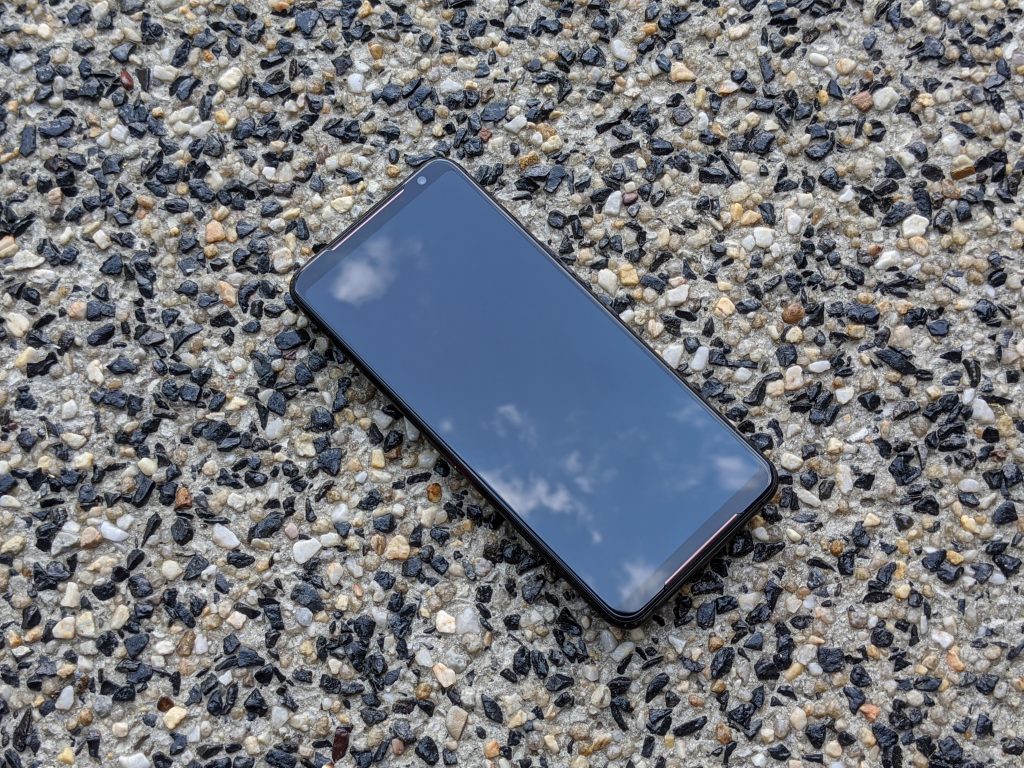
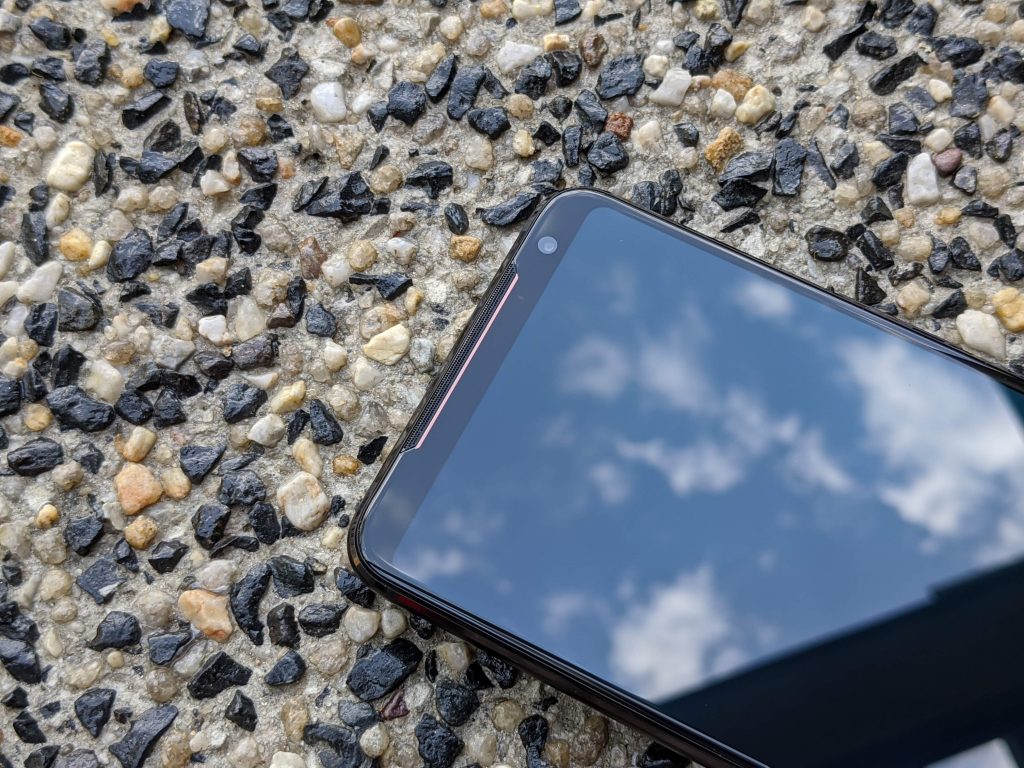
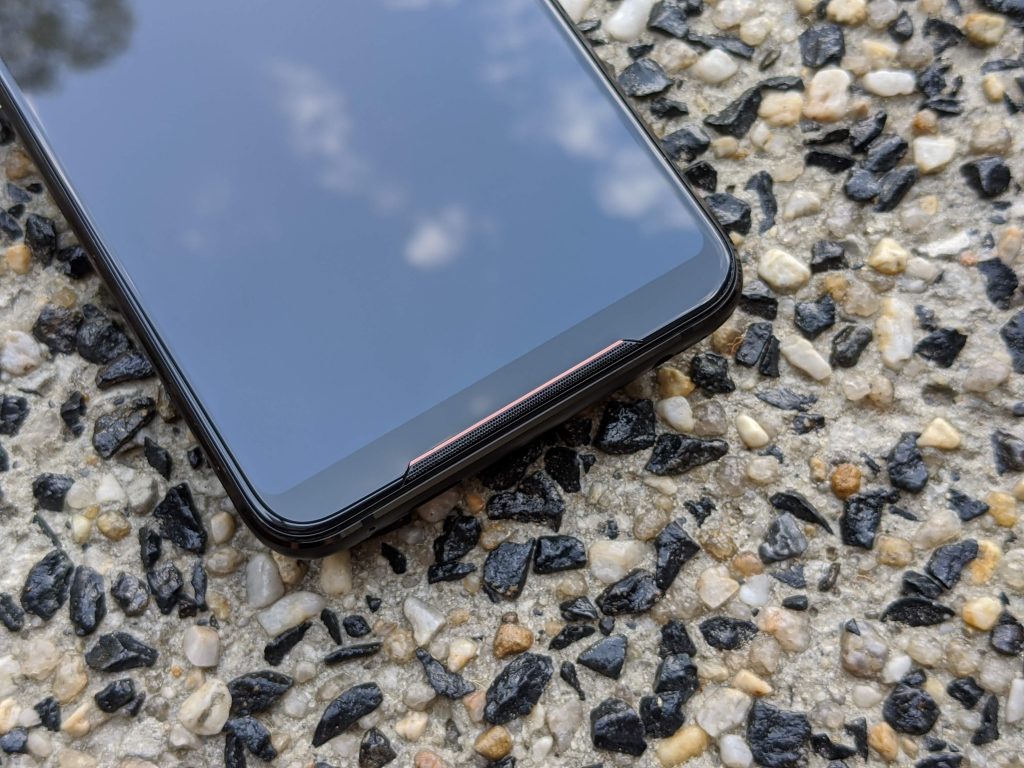
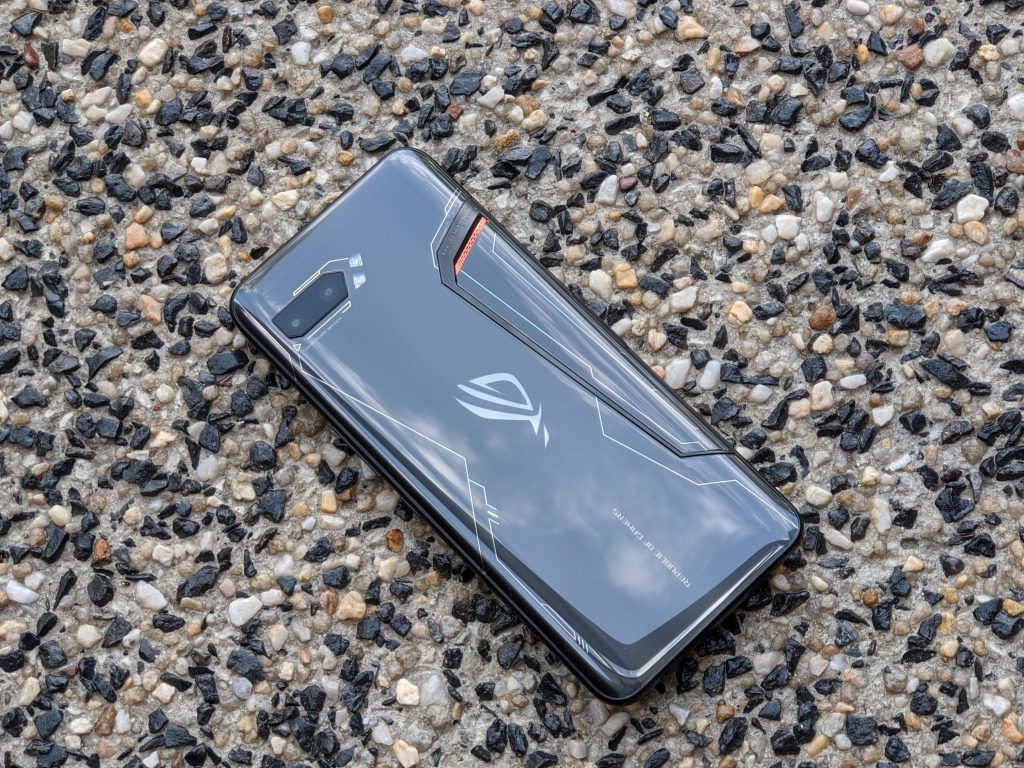
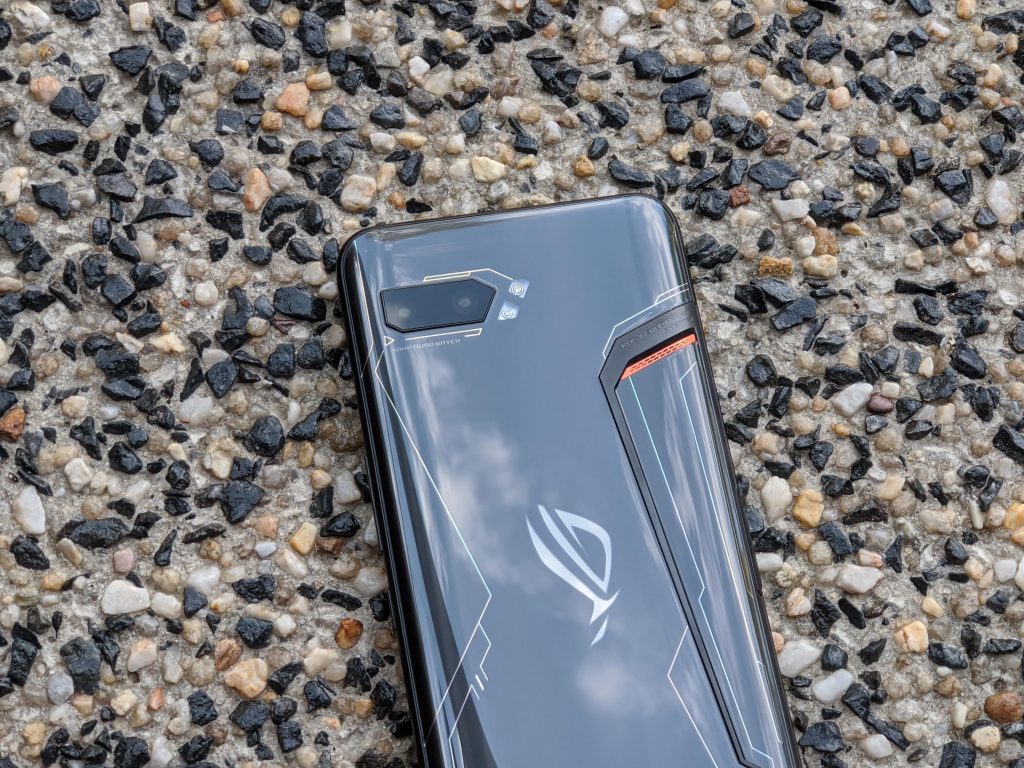
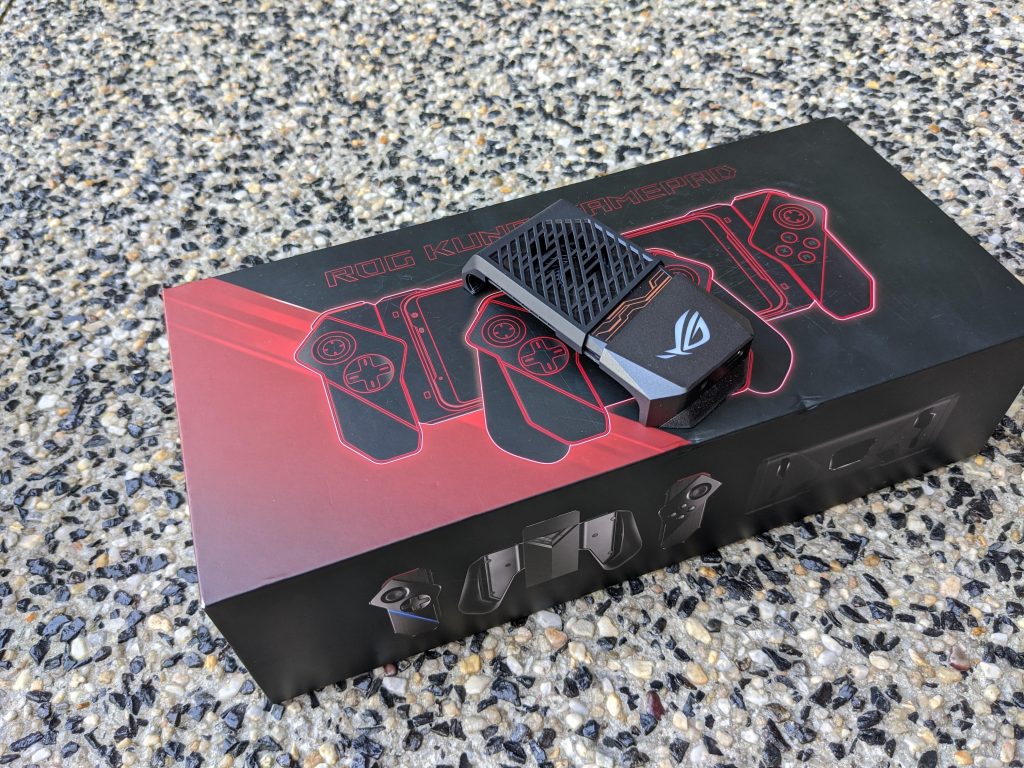
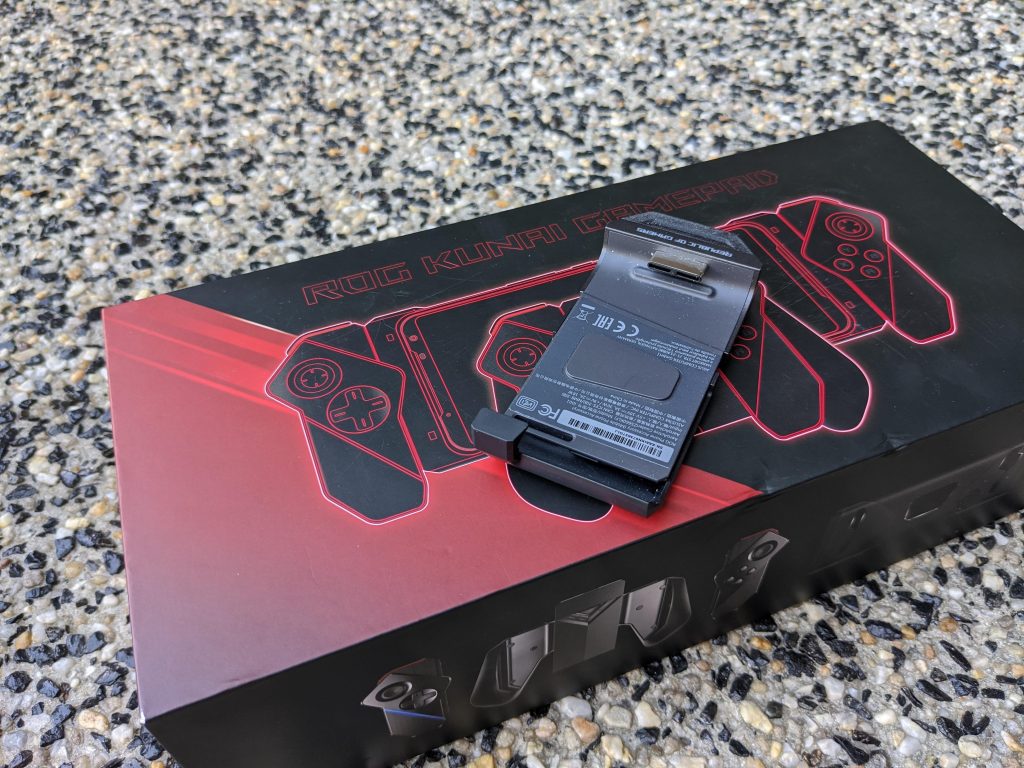



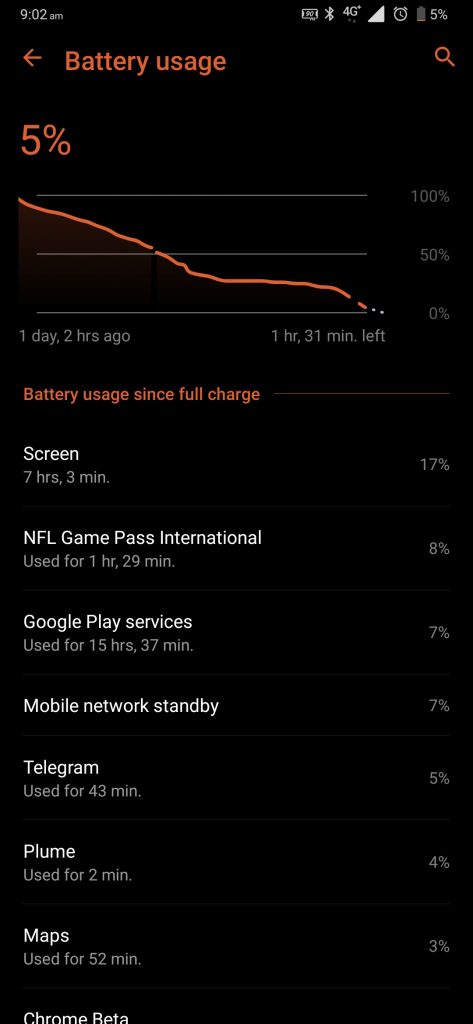
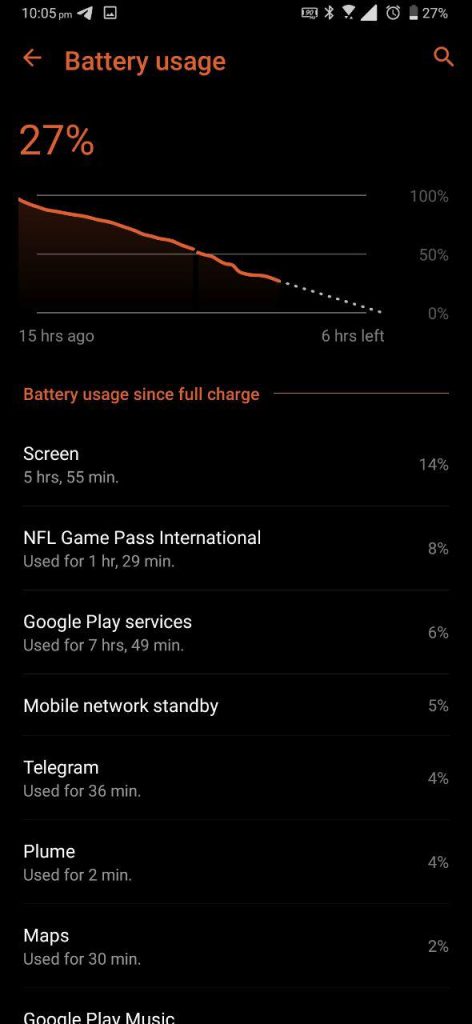
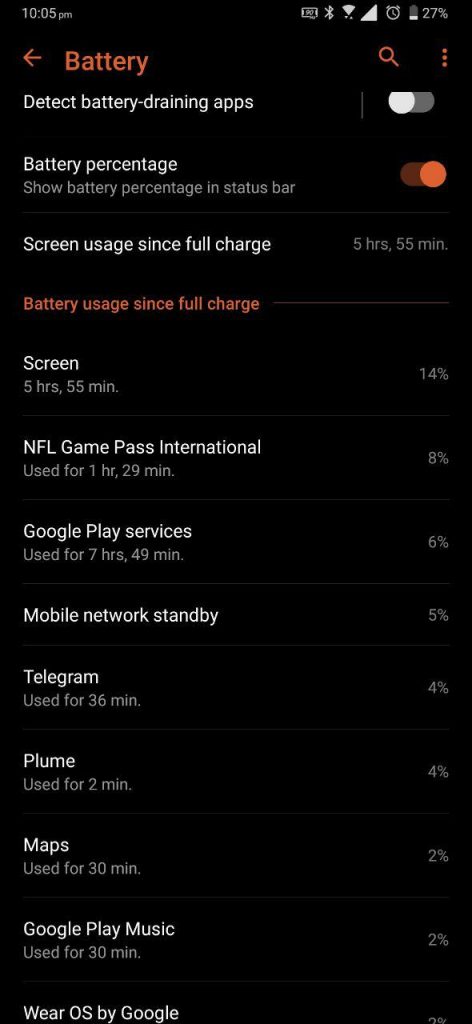










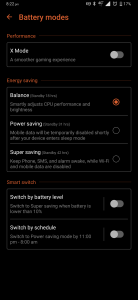
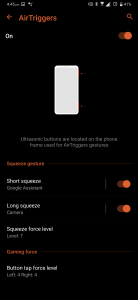

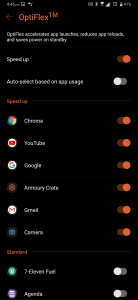
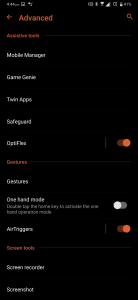
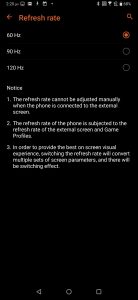
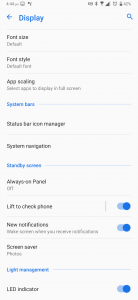

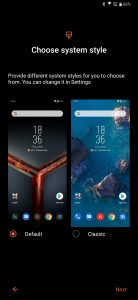
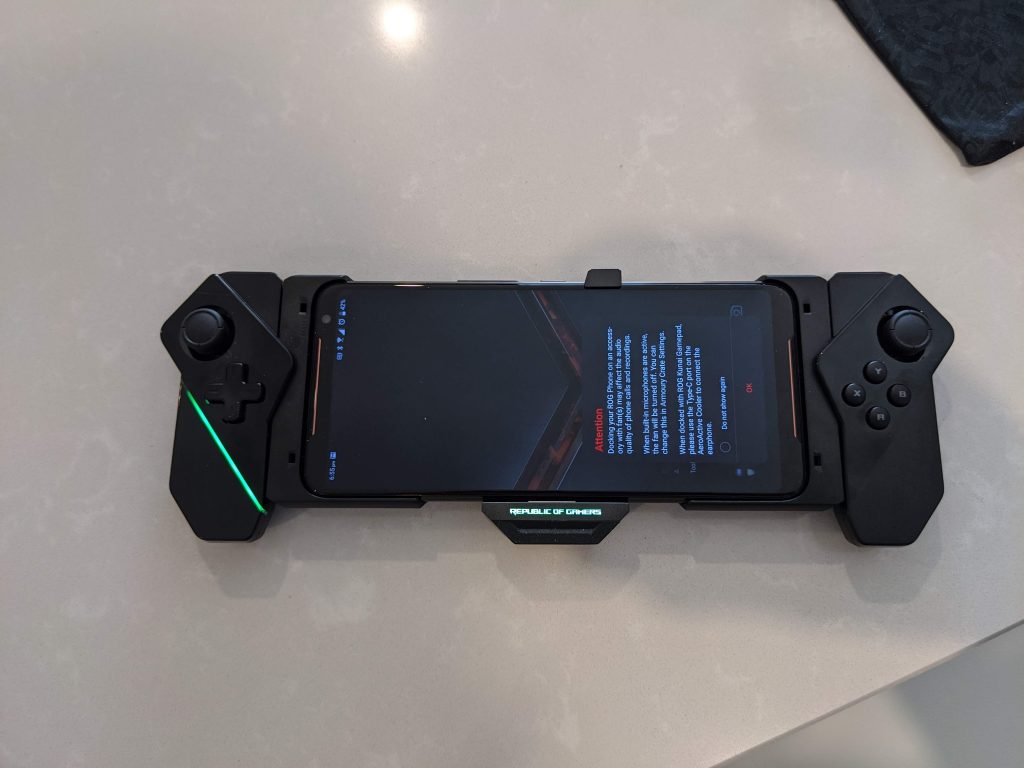
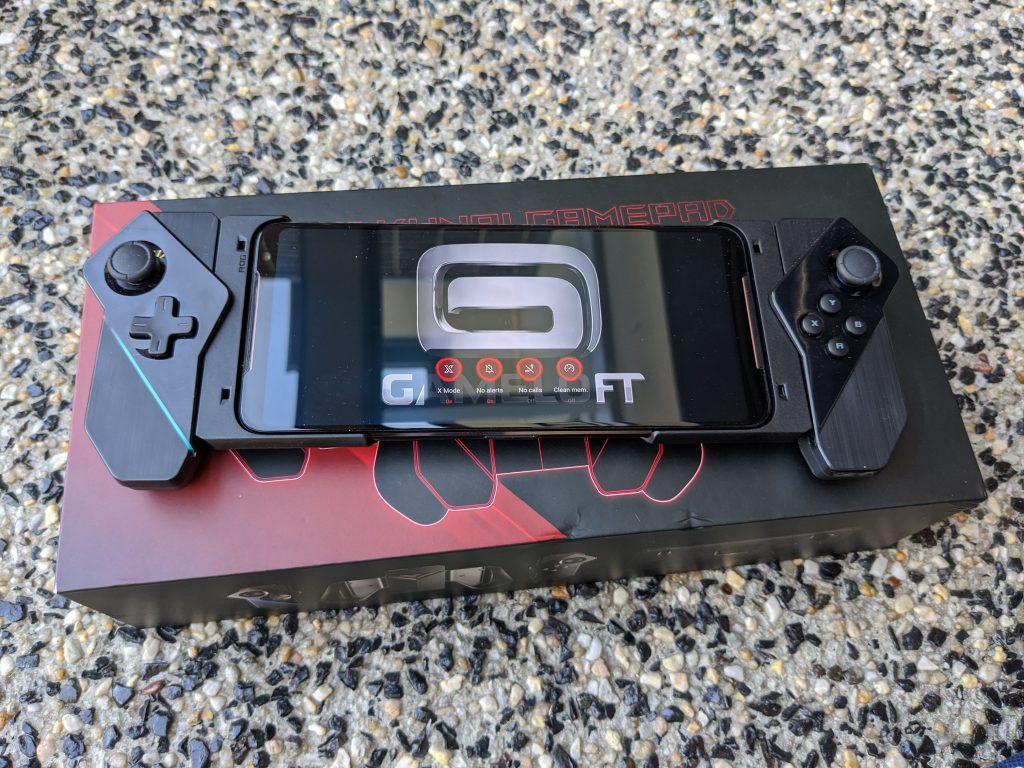
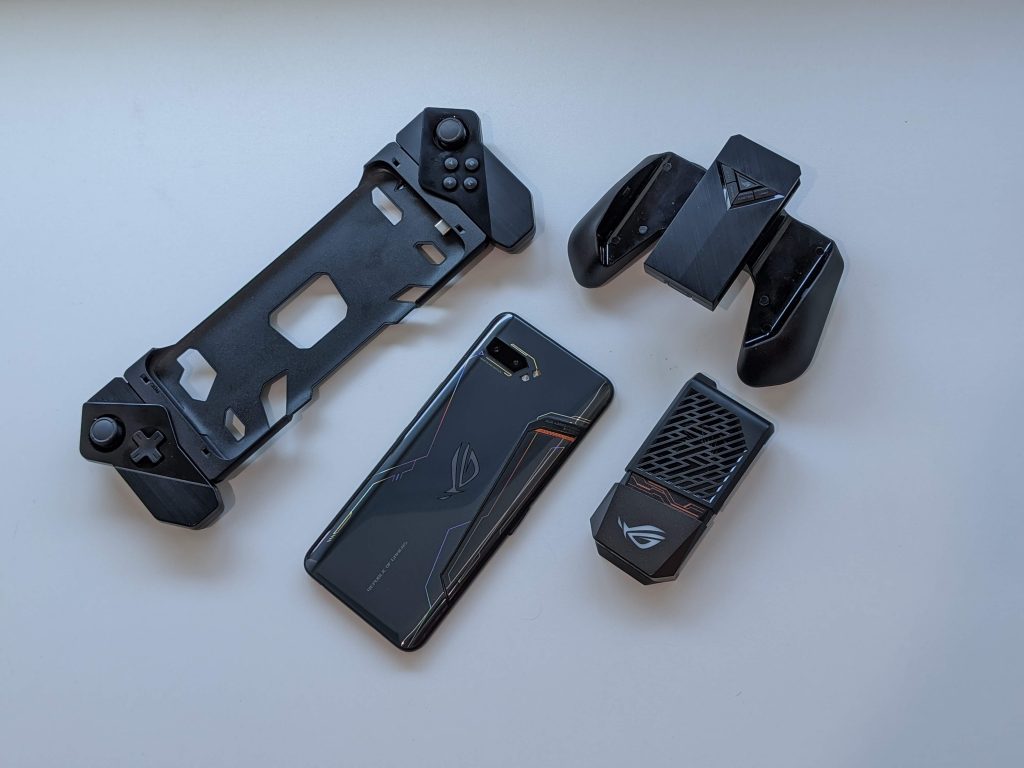



It looks like a good phone , unless i missed it , i did not see any mention of any kind of water resisrance, This would be a deal breaker for me , given all the cooling for the device i would not expect water resistance . Just the other week while putting my not very old phone on the kitchen window sill so i could watch a few tubes while doing the daily dishes , i fumbled it and the phone was looking up at me with the home screen lit through 3 inches of dirty dish water to… Read more »
there is no IP rating for this phone unfortumately